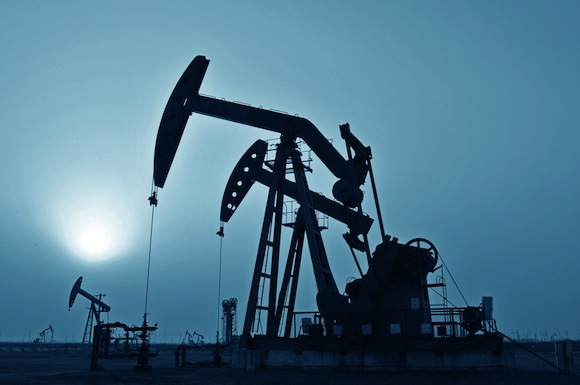Angelos Damaskos, principal adviser of the Junior Oils Trust, admits that he finds the recent collapse in oil price a mystery. Nonetheless, he has no doubt that demand will compel higher prices in the medium and long term. In this interview with The Energy Report, Damaskos argues that current prices are dismal news for the majors, shale oil producers and the oil sands but underlines the advantage of investment in juniors with solid, long-term projects, of which he presents five.

The Energy Report: The price of crude oil has fallen 30% over the last four months. Are you surprised?
Angelos Damaskos: It’s astonishing, considering that the price had been stable for over three years, trading between $100 per barrel ($100/bbl) and $120/bbl for Brent crude.
TER: Why has this happened?
AD: It’s unlikely that demand has collapsed so dramatically over the last four months. All indicators point to a fairly stable global economy, and the American economy in particular is enjoying healthier growth than previously.
TER: So has the price drop been orchestrated?
AD: Nothing can be substantiated, given the opacity of the oil market, but there are three theories. The first is that Saudi Arabia is overproducing to hurt the American shale oil industry. Many shale oil deposits are probably marginal at around $75–80/bbl.
The second theory is that Saudi Arabia may be overproducing to starve ISIS of funds. This is a more credible theory than the first, because this result would please the United States, as the oil price fall also hurts Russia, Iran and Venezuela.
The third theory is that China, which has significant control over marginal oil demand, has deliberately curtailed its imports of foreign commodities over the last four to six months, as industrial users are drawing down their inventories. The Chinese are trying desperately to control domestic debt and protect their banks. Chinese institutions have used commodities as collateral to leverage operations, leading to, among other problems, a dangerously overheated property market. This third theory would also explain the dramatic fall in the prices of base metals such as copper, aluminum, zinc and especially iron ore, which is now near an all-time low.
TER: Wouldn’t Saudi Arabia cutting the price of oil be a case of cutting off its nose to spite its face? Saudi billionaire Prince Al-Waleed bin Talal pointed out, in an open letter to Saudi Arabia’s oil minister, that 90% of that country’s revenue comes from oil sales, so that to underestimate the consequences of a drastically lower oil price would be a “disaster which cannot pass unnoticed.”
AD: The Prince certainly has a point. However, if we accept the theory that Saudi Arabia has a politically motivated interest to oversupply to harm America’s shale oil industry, a significant reduction in new American supply would likely lead to more stable long-term oil prices, and this might actually benefit Saudi Arabia.
“Caza Oil & Gas Inc.’s Caza Oil & Gas Inc.’s”
TER: Vladimir Putin has said that the global economy will suffer if the price of oil stays at $80/bbl. Putin obviously has a vested interested in higher oil prices, but is there anything to his argument?
AD: His argument simply doesn’t make sense. Cheaper oil helps economic growth.
TER: How long will low oil prices last?
AD: Our belief is that the super cycle for oil is still intact. China now accounts for 11% of global oil consumption, versus 21% for the U.S. However, China has 1.3 billion people versus 360 million (360M) for the U.S. Furthermore, China represents 19% of global population. China’s GDP per capita has risen by 350% from 2000 to 2013, versus a U.S. rise of only 7.5%. It is evident that China’s energy consumption has risen significantly more than any other country’s. This is the primary reason for the rising oil and energy prices in the last decade.
As China develops a middle class demanding a higher standard of living, this will require more energy consumption. Energy demand from China is likely to continue to grow at very rapid rates. Shale oil has added 2–2.5 million barrels (2–2.5 MMbbl) per day incremental supply to the U.S. over the last five years. However, conventional oil-source production from the U.S., the North Sea, Mexico, North Africa and the Middle East has fallen, so overall global supply has been more or less stable. The oil price drop is clearly temporary.
TER: When I spoke to you earlier this year, you noted the risky economics of the Alberta oil sands and fracking. Now that oil prices have fallen 30%, and the price of natural gas has fallen from above $4.20/million BTU in September to $3.87 at the end of October, are these industries in peril?













Leave A Comment